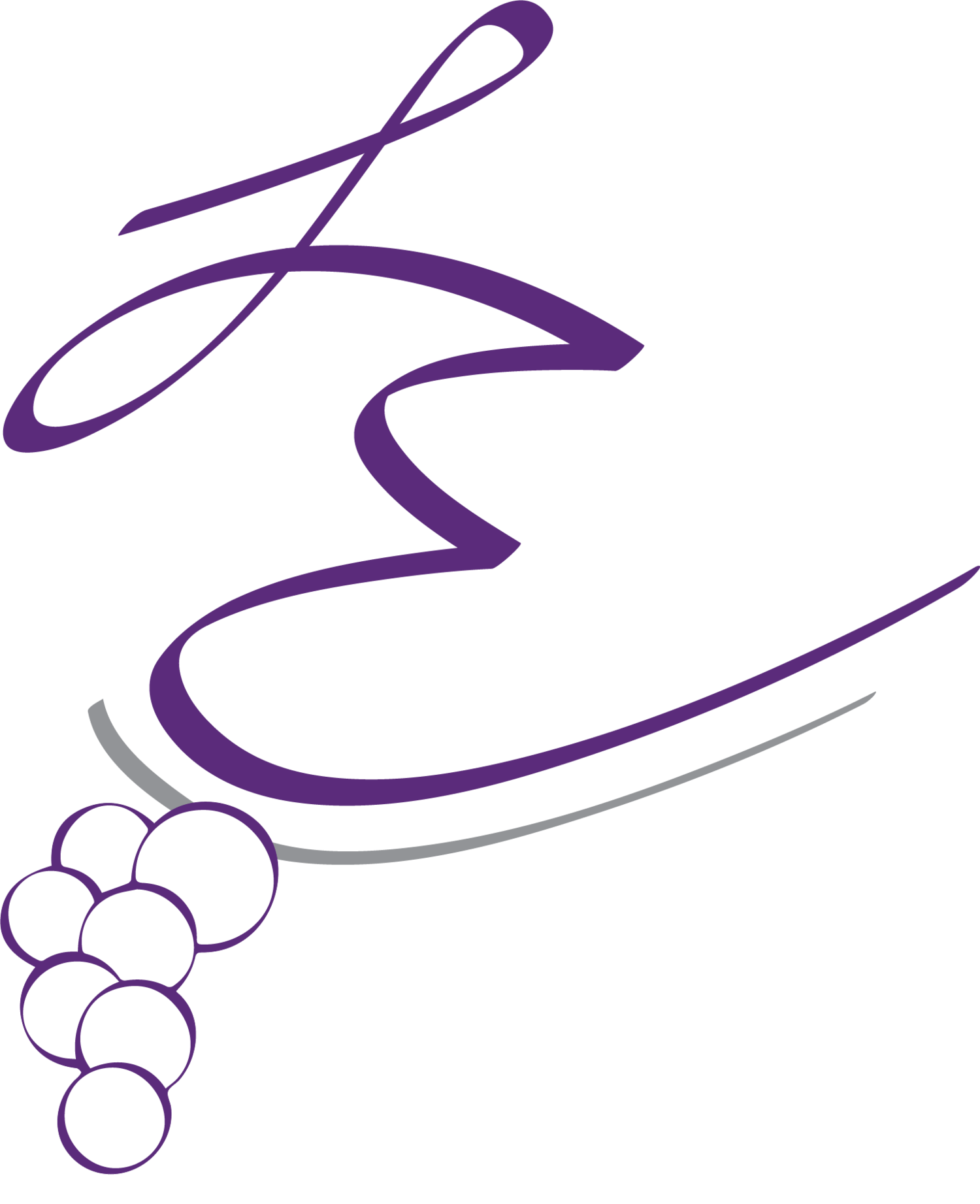Spotted Lanternfly
Viticulture Extension Educator Jennifer Russo with the Lake Erie Regional Grape Program has developed a public service announcement (PSA) to educate New York state residents of the threat the Spotted Lanternfly poses to the agricultural community and how they can fight back. Please help protect New York state agriculture by sharing this PSA widely.
Spotted Lanternfly
The spotted lanternfly is an invasive species from southeast Asia. This insect is a phloem feeder meaning it feeds on the fluid found in plants, because of this it is a threat to several agriculture crops grown in New York State including grapes. There are now cases of spotted lanternfly found in New York. Consult the map to see where they have been found to date.
These insects are about an inch to an inch and a half long as adults and have four instar stages during which they grow from about the size of a tick to the size of a common stinkbug. Many people have mistook the 4th instar to be a stinkbug due to its body shape and size, however it is differentiated by the bright red coloring.
Visit the New York State Department of Environmental Conservation’s’ page on the Spotted Lanternfly here.
Spotted lanternfly egg masses on a tree branch.
Adults will lay egg masses containing 30 to 60 eggs on any smooth surface from tree trunks to rusty railroad cars. These are generally attached to a surface in the fall and covered with a protective coating that wears away.
This coating aids them in handling the cold northeastern winters and acts as camouflage as it gradually turns from light gray to tan appearing similar to mud.
Spotted lanternfly (SLF) adults seem to gravitate towards Tree of Heaven for feeding and egg laying. This tree is also an invasive from Asia and would be part of the spotted lanternflies natural habitat. Since SLF has started moving into different areas, it has been observed laying eggs and feeding on over 70 different native species of plants and agriculture crops.
$358.4 million of combined annual yield from New York grape and apple growers could be affected by the spotted lanternfly. Not only will they weaken the plants themselves but as they feed they secrete honeydew which encourages the growth of diseases like sooty mold and mildew.
If you think you may have found a spotted lanternfly, one of the instars, or an egg mass please contact the DEC with the location and pictures by emailing: spottedlanternfly@dec.ny.gov
In September 2022 a population of Spotted Lanternfly was found in Buffalo, NY. Click here to read the Morning Ag Clips article.
Tim discusses the differences between Tree of Heaven, Black Walnut and Sumac and how to identify them.




